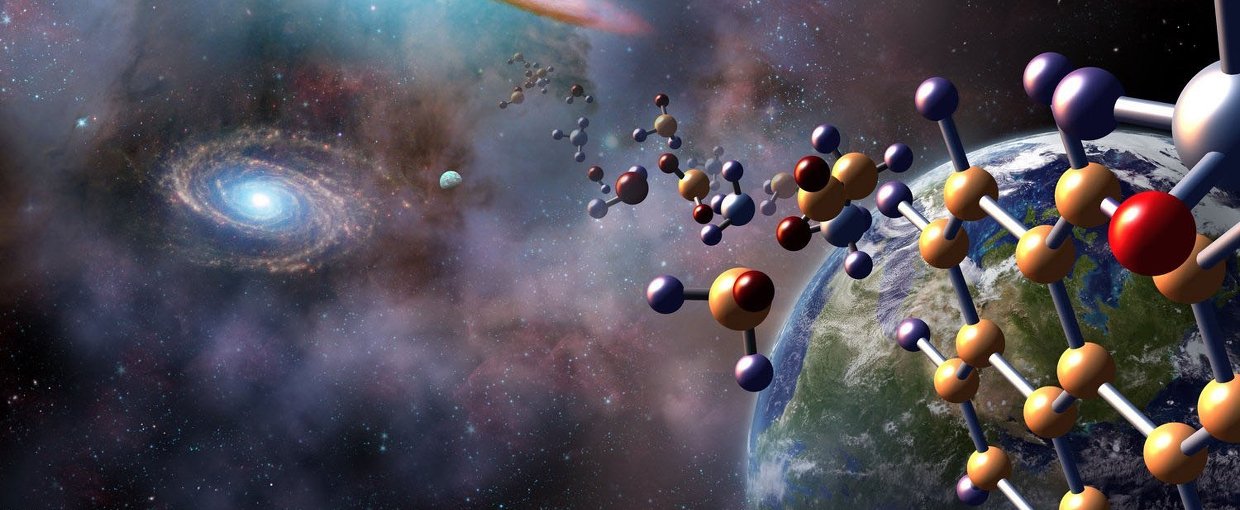
The next rover to explore Mars has been proposed to launch in 2020. The primary goal of the mission is to better understand the geologic and climate history of Mars including the identification of potential signs of past life on Mars. Once identified, these samples will be collected and stored by the rover for return to the earth so they can be analyzed by state-of-the art instruments in terrestrial laboratories.
As part of the payload, NASA selected the Scanning Habitable Environments with Raman & Luminescence for Organics and Chemicals (SHERLOC) investigation. SHERLOC consists of a Deep UV (DUV) native fluorescence and resonance Raman spectrometer that includes a built-to-print version of the Mars Hand Lens Imager (MAHLI) instrument on the Mars Science Laboratory (MSL). It is a robotic arm-mounted instrument that utilizes a DUV laser to generate characteristic Raman and fluorescence photons from a targeted spot. The DUV laser is co-boresighted to a context imager and integrated into an autofocusing/scanning optical system that allows us to correlate spectral signatures to surface textures, morphology and visible features. An internal scanning mirror enables the generation of maps that allow for the identification of spatially resolved organic and aqueous minerology structure.
SHERLOC’s science goals include the detection and classification organics and astrobiologically relevant minerals on the surface and near subsurface of Mars. It is capable of organic sensitivity of 10-5 to 10-6 w/w over the entire observation region of 7 mm x 7 mm. It is capable of organic sensitivity of 10-2 to 10-4 w/w spatially resolved at 100µm and can detect astrobiologically relevant aqueously formed mineral grains with sizes <100µm.
 A Talk With Jim Green
A Talk With Jim Green What Can Extant Genomes Reveal About Early DNA Metabolism?
What Can Extant Genomes Reveal About Early DNA Metabolism? What We Talk About When We Talk About Earth's Oxygenation
What We Talk About When We Talk About Earth's Oxygenation Bowling With Astrobiologists: A Twisted Path Toward the Origin of DNA
Bowling With Astrobiologists: A Twisted Path Toward the Origin of DNA